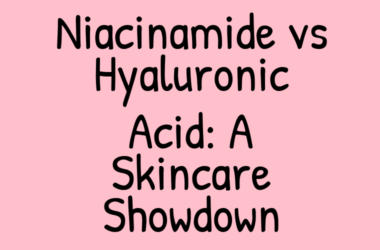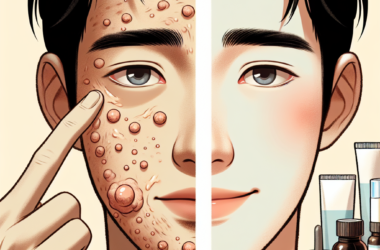Table of Contents
The Ultimate Guide to Oily Skin: Causes, Symptoms, and Solutions
Oily skin can be a frustrating and embarrassing condition, but understanding its causes, symptoms, and solutions can help you manage and overcome it. In this guide, we’ll delve into the world of oily skin, exploring what causes it, how to identify it, and most importantly, how to treat and prevent it.
Causes of Oily Skin
Oily skin, also known as seborrhea, is a common skin condition characterized by an overproduction of sebum, an oily substance produced by the sebaceous glands. There are several factors that can contribute to oily skin, including:
- Genetics: If your parents have oily skin, you’re more likely to develop it as well.
- Hormonal changes: Fluctuations in hormone levels, such as those experienced during puberty, menopause, or pregnancy, can cause an increase in sebum production.
- Environmental factors: Exposure to pollution, humidity, and certain chemicals can stimulate the sebaceous glands, leading to oily skin.
- Skincare products: Using products that are too rich or heavy can clog pores and exacerbate oily skin.
- Diet: Consuming foods high in sugar, dairy, and processed ingredients can lead to inflammation and increased sebum production.
Symptoms of Oily Skin
Oily skin can manifest in various ways, including:
- Shiny or greasy appearance
- Large pores
- Zits, blackheads, and whiteheads
- Frequent breakouts
- Flaky or dry skin in some areas, accompanied by oily skin in others
Solutions for Oily Skin
Fortunately, there are many ways to manage and treat oily skin. Here are some effective solutions:
Cleansing
Cleansing is the first step in managing oily skin. Use a gentle, non-comedogenic cleanser that is formulated for oily skin. Look for products containing salicylic acid, glycolic acid, or tea tree oil, which can help to exfoliate and unclog pores.
Toning
Toning helps to balance the skin’s pH and tighten pores. Use a toner that is specifically designed for oily skin, and apply it after cleansing and before moisturizing.
Moisturizing
Moisturizing may seem counterintuitive for oily skin, but using a lightweight, oil-free moisturizer can help to regulate sebum production and keep the skin hydrated. Look for products containing hyaluronic acid, ceramides, or niacinamide, which can help to lock in moisture and improve the skin’s barrier function.
Exfoliating
Exfoliating can help to remove dead skin cells and unclog pores, reducing the appearance of acne and blackheads. Use a chemical exfoliant containing alpha-hydroxy acids (AHAs) or beta-hydroxy acids (BHAs) one to three times a week, depending on your skin type and concerns.
Spot Treatments
For persistent acne or blackheads, use a spot treatment containing sulfur, benzoyl peroxide, or salicylic acid. Apply a small amount to the affected area and leave it on for 15-30 minutes before rinsing off with lukewarm water.
Professional Treatments
If your oily skin is severe or persistent, consider consulting a dermatologist or esthetician for professional treatments such as blue light therapy, extractions, or chemical peels. These treatments can help to deep clean the pores, reduce inflammation, and improve the overall appearance of the skin.
Prevention and Maintenance
To prevent oily skin and maintain healthy, balanced skin, follow these tips:
- Wash your face twice a day, morning and night, using a gentle cleanser.
- Use a toner and moisturizer specifically designed for oily skin.
- Exfoliate one to three times a week, depending on your skin type and concerns.
- Avoid using heavy, rich skincare products or makeup.
- Stay hydrated by drinking plenty of water.
- Get regular exercise to improve circulation and reduce stress.
Conclusion
Oily skin can be challenging to manage, but with the right knowledge, products, and treatments, you can say goodbye to shiny skin and hello to a clearer, more balanced complexion. Remember to cleanse, tone, moisturize, exfoliate, and spot treat your skin regularly, and don’t hesitate to seek professional help if your oily skin persists or worsens. With patience, persistence, and the right skincare routine, you can achieve the healthy, radiant skin you deserve.
Recommended Products
-
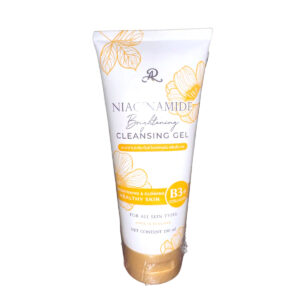 AR Niacinamide Brightening Cleansing Gel 190mlKD4.000
AR Niacinamide Brightening Cleansing Gel 190mlKD4.000 -
Product on sale
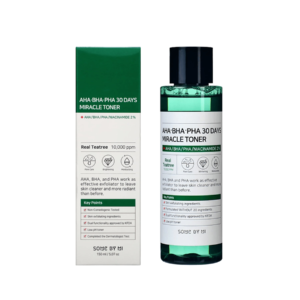 Some By Mi AHA BHA PHA 30 Days Miracle Toner – 150mlOriginal price was: KD9.490.KD8.000Current price is: KD8.000.
Some By Mi AHA BHA PHA 30 Days Miracle Toner – 150mlOriginal price was: KD9.490.KD8.000Current price is: KD8.000. -
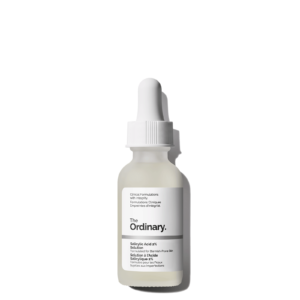 The Ordinary Salicylic Acid 2% Solution 30mLKD4.000
The Ordinary Salicylic Acid 2% Solution 30mLKD4.000 -
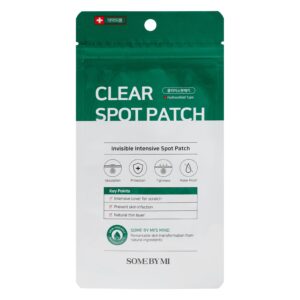 Some By Mi Clear Spot PatchKD4.000
Some By Mi Clear Spot PatchKD4.000 -
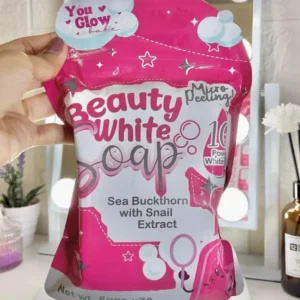 BEAUTY WHITE SOAP 5 Pcs x 70gKD5.000
BEAUTY WHITE SOAP 5 Pcs x 70gKD5.000 -
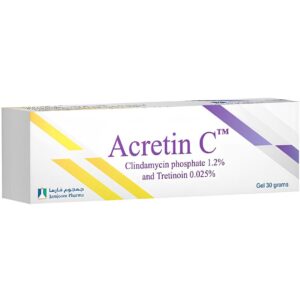 Acretin C 1.2%, 0.025% Gel 30 GmKD4.000
Acretin C 1.2%, 0.025% Gel 30 GmKD4.000 -
 Niacinamide Serum with Hyaluronic Acid by BMRS 30mL: Combat Blemishes and Boost HydrationKD3.000
Niacinamide Serum with Hyaluronic Acid by BMRS 30mL: Combat Blemishes and Boost HydrationKD3.000 -
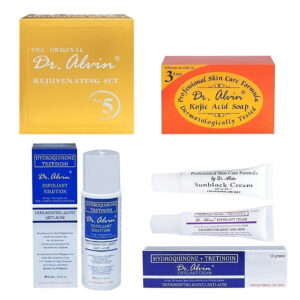 Dr. Alvin Rejuvenating Set No. 5 (Advance) – Hydroquinone + TretinoinKD7.000
Dr. Alvin Rejuvenating Set No. 5 (Advance) – Hydroquinone + TretinoinKD7.000 -
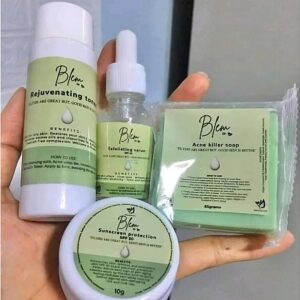 Rejuvenating Kit by Blem Dr.KD7.000
Rejuvenating Kit by Blem Dr.KD7.000



